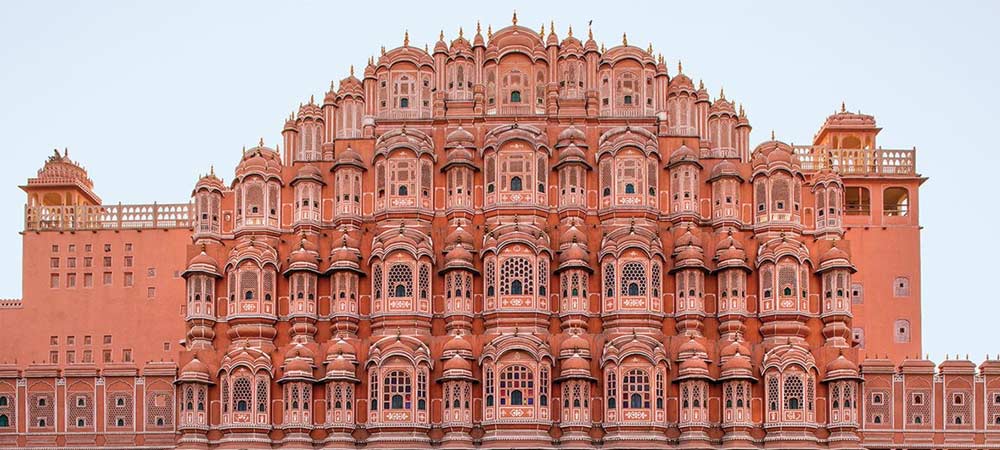
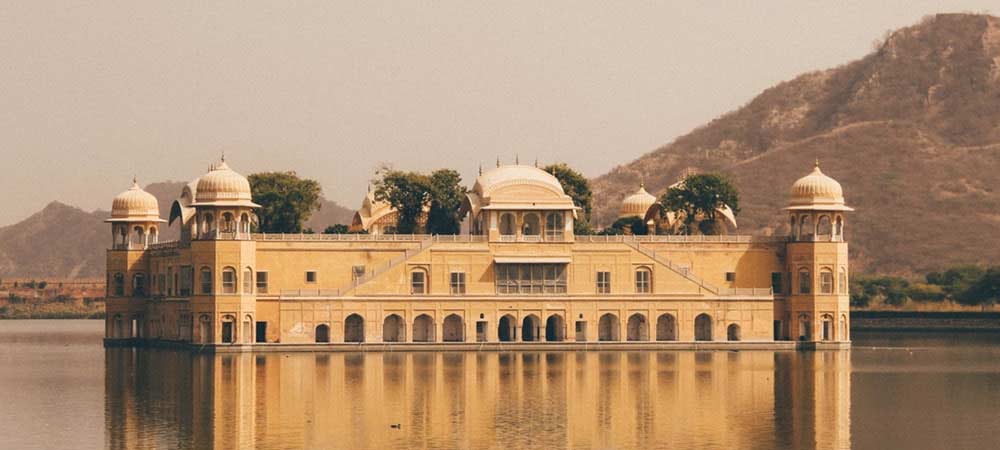
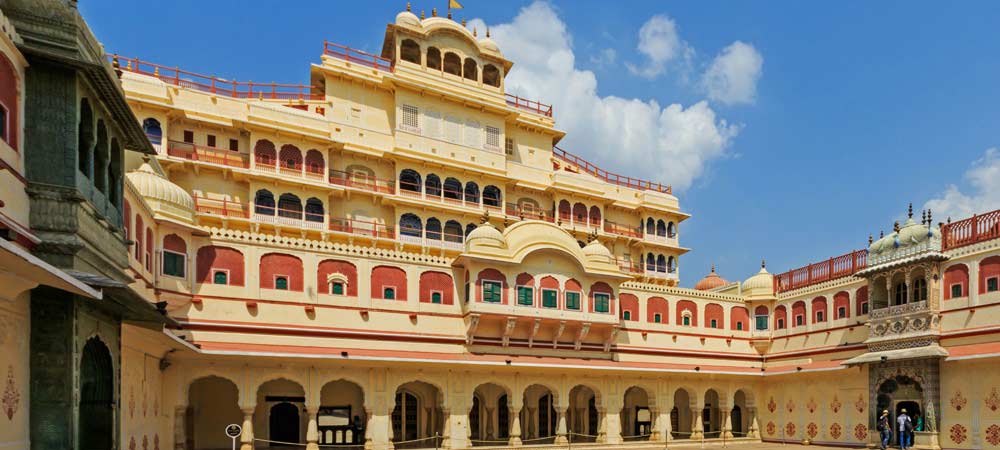
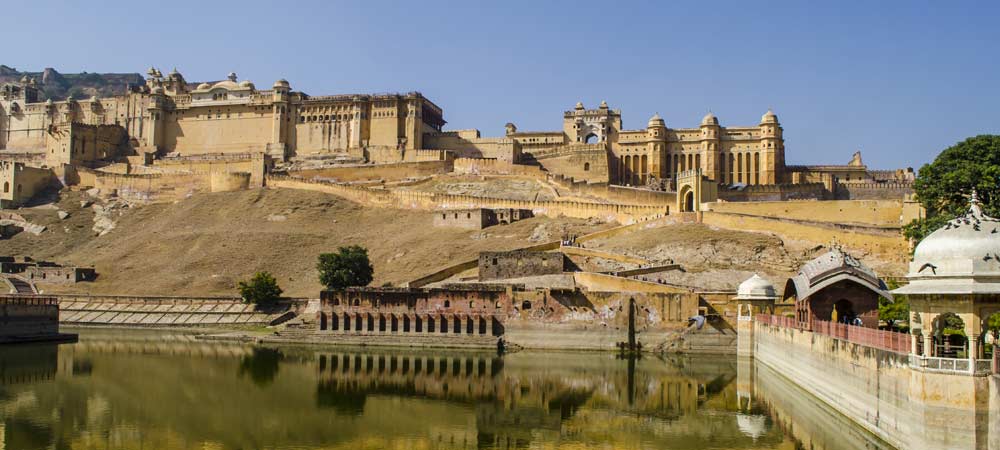
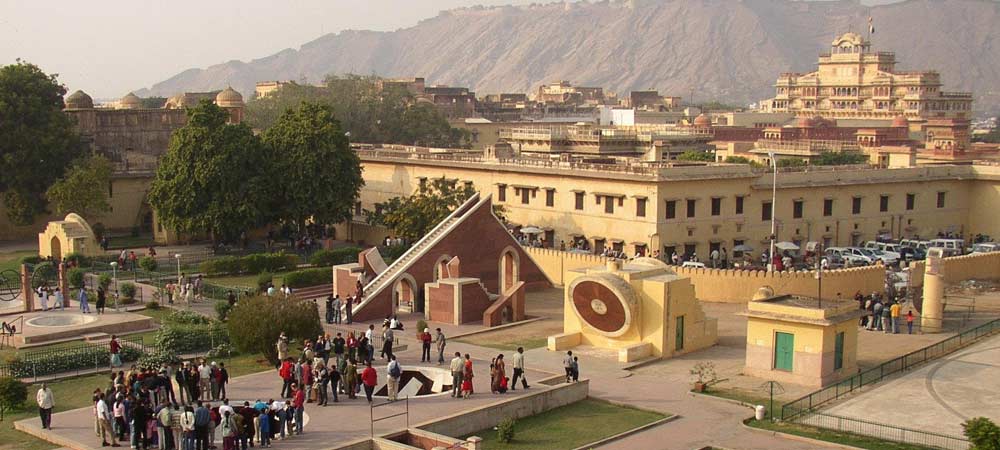
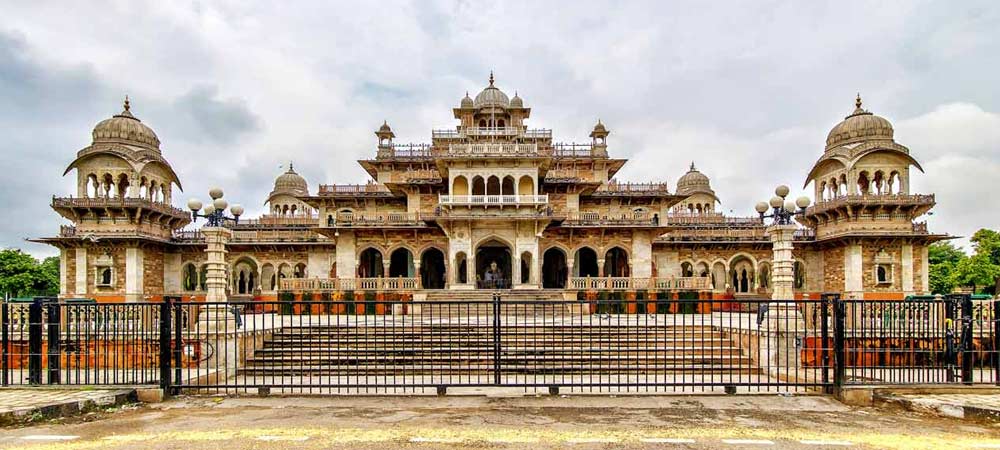
Jaipur Sightseeing Tour
Jaipur is the capital and the biggest city of the Indian province of Rajasthan in Northern India. It was established on 18 November 1726 by Maharaja Jai Singh II, the leader of Amer after whom the city is named. Jaipur is called the Pink City of India. This city is found 260 km from the Indian capital New Delhi. Jaipur structures a piece of the west Golden Triangle vacationer circuit alongside Agra (240 km). Jaipur is a well-known visitor goal in India and fills in as a passage to other traveler goals in Rajasthan, for example, Jodhpur, Jaisalmer, Udaipur, and Mount Abu.
- Length: 09:00 AM To 05:00 PM (8 hours)
- Spots of intrigue
- Jaipur is a significant vacationer goal in India shaping a piece of the Golden Triangle.
- Guest attractions incorporate the HawaMahal, JalMahal, City Palace, Amer Fort, Jantar Mantar, and the Albert Hall Museum.
Highlights
-
1
'Hawa Mahal' signifies "Royal residence of Winds", a royal residence in Jaipur, Rajasthan. It was worked in 1799 by Maharaja Sawai Pratap Singh. Hawa mahal was structured by Lal Chand Ustad. Hawa mahal is worked of Red and Pink Sandstone. The royal residence is a five-story pyramidal formed landmark which is arranged on the fundamental careful admission in the core of Jaipur's business focus. The royal residence is a five-story pyramidal formed landmark. The front height resembles a honeycomb web of a bee sanctuary that worked with little windows. Every opening was smaller than expected windows and has cut sandstone flame broils, finials and arches.
-
2
Jal Mahal (signifying "Water Palace") is a royal residence situated in the Man Sagar Lake in Jaipur city, the capital of the territory of Rajasthan, India. The royal residence and the lake around it were revamped and expanded in the eighteenth century by Maharaja Jai Singh II of Amber.
-
3
City Palace structures one of the most popular vacation spots and a significant milestone in Jaipur. The excellent royal residence was worked by Maharaja Sawai Jai Singh during his rule. Among the different strongholds and royal residences of Jaipur, City Palace stands separated, with its extraordinary craftsmanship and design.
-
4
Golden Fort worked in the sixteenth century by Maharaja Man Singh, it spreads on the slope. Its development was begun by Raja Man Singh yet finished by his relative Jai Singh. Golden is the exemplary sentimental Rajasthan post royal residence. Golden today is only an impression of the brilliant past of the furious Kachwaha Dynasty that governed over this area from the twelfth to the eighteenth century.
-
5
The Jantar Mantar landmark in Jaipur, Rajasthan is an assortment of nineteen engineering cosmic instruments, worked by the Rajput lord Sawai Jai Singh II, and finished in 1734 CE. It includes the world's biggest stone sundial and is a UNESCO World Heritage site.
Situated close to City Palace and HawaMahal of Jaipur, the landmark highlights brickwork, stone and metal instruments that were constructed utilizing cosmology and instrument structure standards of old Hindu Sanskrit texts. The instruments permit the perception of galactic situations with the unaided eye. The landmark communicates structural advancements, just as the meeting up of thoughts from various strict and social convictions in the eighteenth-century of India.
-
6
The Albert Hall Museum is a historical center in Jaipur in Rajasthan, India. It is the most established exhibition hall of the state and capacities as the State historical center of Rajasthan. The structure is arranged in Ram Niwas Garden outside the city divider inverse New door and is a fine case of Indo-Saracenic engineering. The structure was planned by Sir Samuel Swinton Jacob, helped by Mir TujumoolHoosein, and was opened as an open exhibition hall in 1887. It is additionally called the Government Central Museum.

















